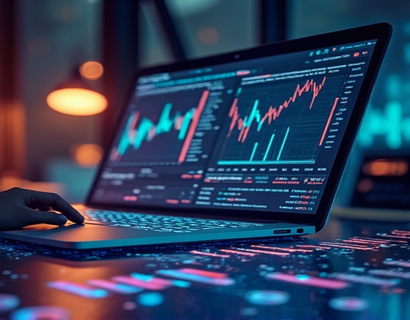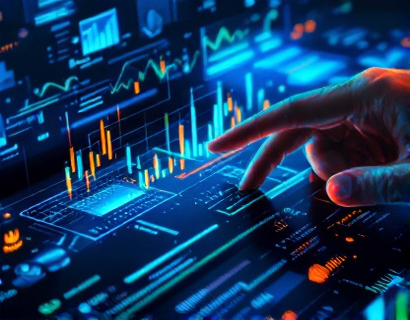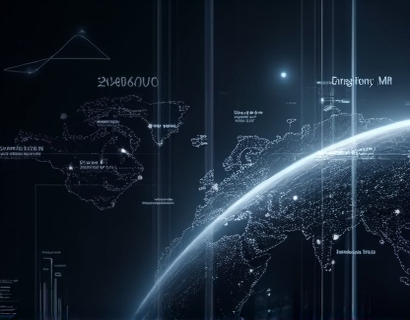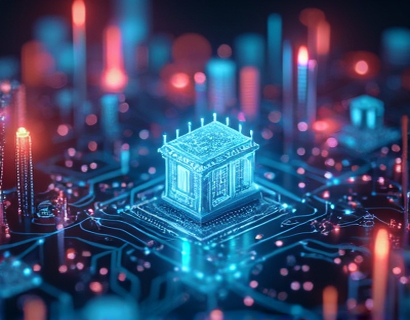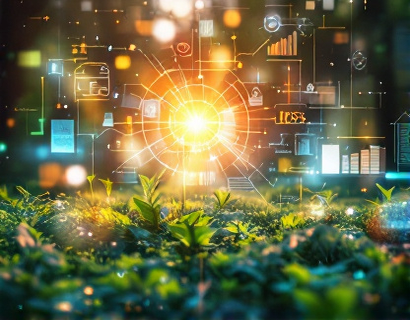Maximizing Aquaponics Business Success with Advanced Management Software
In the rapidly evolving world of sustainable agriculture, aquaponics stands out as a promising method that combines fish farming and hydroponic plant cultivation in a symbiotic environment. For aquaponics businesses, managing the intricate balance between water quality, fish health, and plant nutrition is crucial for success. Advanced management software plays a pivotal role in streamlining operations, boosting productivity, and enhancing sustainability. This article delves into how such software can transform the way aquaponics is managed, offering precise monitoring, control, and environmental stewardship.
Understanding the Challenges in Aquaponics Management
Aquaponics systems are complex ecosystems where the health of fish and plants is interdependent. Maintaining optimal conditions requires constant monitoring of parameters such as pH levels, ammonia and nitrite levels, temperature, and dissolved oxygen. Traditional management methods often rely on manual measurements and observations, which can be time-consuming and prone to human error. Advanced management software addresses these challenges by providing real-time data and automated controls, ensuring that the system remains balanced and efficient.
Key Features of Advanced Management Software
1. Real-Time Monitoring: Advanced software platforms offer continuous monitoring of critical parameters. Sensors installed in the aquaponics system transmit data to the software, which displays it in an easy-to-read format. This allows farmers to track conditions at any time, making it easier to identify and address issues promptly.
2. Automated Controls: One of the most significant advantages of advanced management software is its ability to automate system controls. Based on the data collected, the software can adjust pH levels, temperature, and other parameters automatically. This not only saves time but also ensures that the system remains within optimal ranges, reducing the risk of crop failure or fish stress.
3. Data Analytics: Comprehensive data analytics tools help farmers make informed decisions. By analyzing historical data, the software can identify trends and patterns, allowing for predictive maintenance and optimization of the system. This data-driven approach enhances productivity and sustainability, as resources are used more efficiently.
4. Integration and Compatibility: Modern management software is designed to integrate with a variety of hardware components, including pumps, valves, and sensors. This seamless integration ensures that all parts of the system work together harmoniously, further enhancing the overall efficiency of the aquaponics operation.
Enhancing Productivity Through Advanced Management
Productivity is a key factor in the success of any aquaponics business. Advanced management software contributes to higher productivity in several ways:
- Optimized Resource Use: By monitoring and controlling resource usage, such as water and nutrients, the software ensures that nothing is wasted. This not only reduces costs but also minimizes the environmental impact of the operation.
- Increased Crop Yields: With precise control over growing conditions, plants can grow faster and healthier. The software can adjust nutrient delivery and lighting schedules based on the specific needs of the plants, leading to higher yields.
- Reduced Labor Costs: Automation of routine tasks frees up time for farmers to focus on more strategic aspects of the business. This can lead to significant reductions in labor costs and allow for the scaling of operations.
Promoting Sustainability with Advanced Management
Sustainability is at the core of aquaponics, and advanced management software plays a crucial role in promoting environmentally friendly practices:
- Water Conservation: Aquaponics inherently uses less water than traditional farming methods, but advanced software can further optimize water usage. By recycling water within the system and detecting leaks or inefficiencies, the software helps conserve this vital resource.
- Reduced Chemical Use: With precise monitoring and control, the need for chemical treatments is minimized. The software can detect issues early, allowing for natural solutions to be implemented before problems escalate.
- Carbon Footprint Reduction: By optimizing energy usage and reducing waste, advanced management software helps lower the carbon footprint of aquaponics operations. This aligns with global efforts to combat climate change and promotes a more sustainable future.
Case Studies and Success Stories
Several aquaponics businesses have already seen significant benefits from implementing advanced management software. For instance, a medium-sized aquaponics farm in the United States reported a 30% increase in crop yields and a 20% reduction in water usage after integrating a comprehensive management system. Another farm in Australia noted a 40% decrease in labor costs and a 25% improvement in fish health, all while maintaining high plant productivity.
These success stories highlight the tangible benefits of advanced management software. By providing precise control and real-time data, the software enables farmers to make informed decisions, leading to better outcomes and more sustainable operations.
Challenges and Considerations
While the benefits of advanced management software are clear, there are some challenges and considerations to keep in mind:
- Initial Costs: Implementing advanced software can require a significant upfront investment. However, the long-term savings and increased productivity often justify the cost.
- Technical Expertise: Operating advanced software requires a certain level of technical knowledge. Training and support from the software provider can help bridge this gap, ensuring that farmers can fully leverage the system's capabilities.
- System Compatibility: Ensuring that the software integrates seamlessly with existing hardware is crucial. Compatibility issues can hinder the effectiveness of the management system, so careful selection and testing are essential.
Future Trends in Aquaponics Management Software
The field of aquaponics management software is rapidly evolving, with several trends shaping its future:
- Artificial Intelligence and Machine Learning: AI and machine learning algorithms can further enhance data analysis and system optimization. These technologies can predict system behavior and suggest proactive measures to maintain optimal conditions.
- Internet of Things (IoT): The integration of IoT devices will continue to grow, allowing for more sophisticated monitoring and control. IoT-enabled sensors can provide even more detailed data, leading to finer adjustments and better system performance.
- Cloud-Based Solutions: Cloud-based management platforms offer scalability and accessibility, allowing farmers to access their systems from anywhere. This flexibility is particularly beneficial for remote monitoring and management.
Conclusion
Advanced management software is a game-changer for aquaponics businesses, offering a range of benefits that enhance productivity, sustainability, and overall success. By embracing these technologies, aquaponics farmers can optimize their operations, reduce costs, and contribute to a more sustainable future. As the industry continues to grow, the role of advanced management software will become increasingly vital, driving innovation and efficiency in aquaponics farming.



